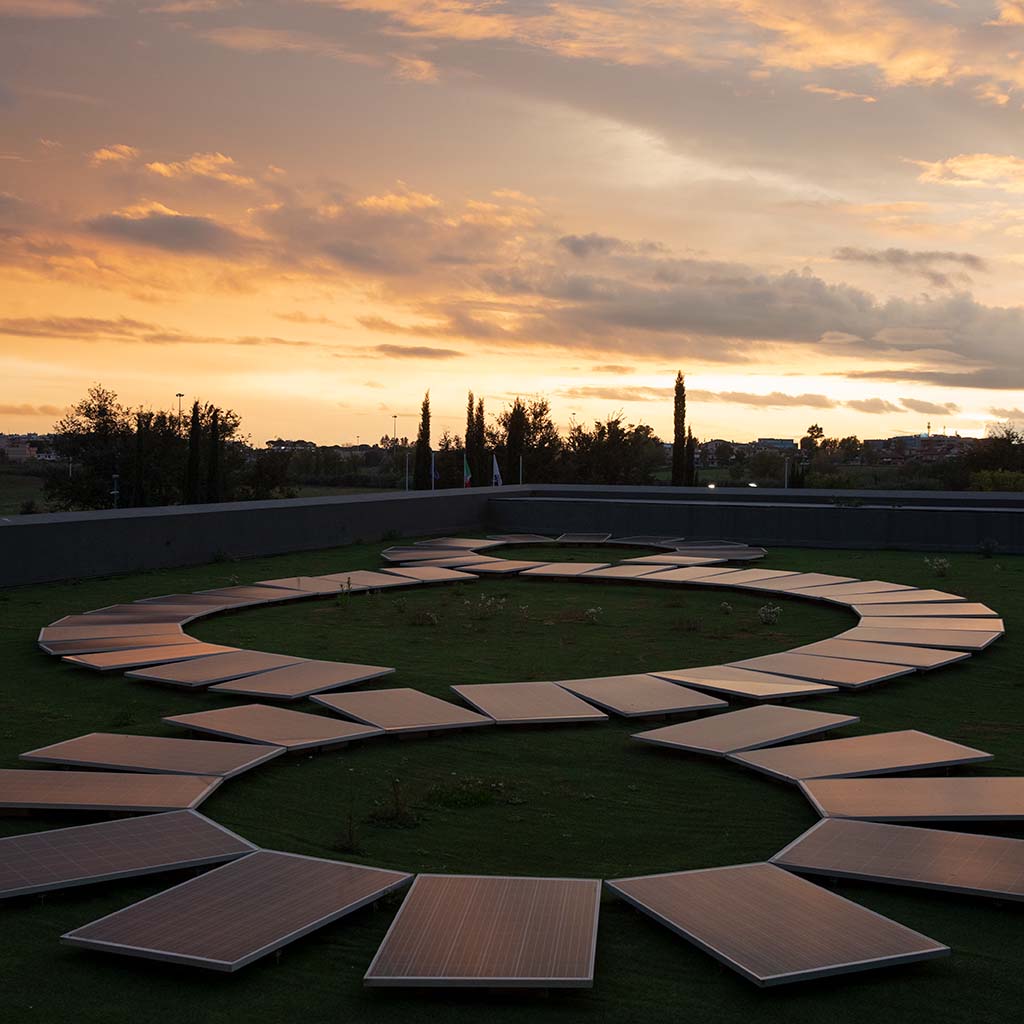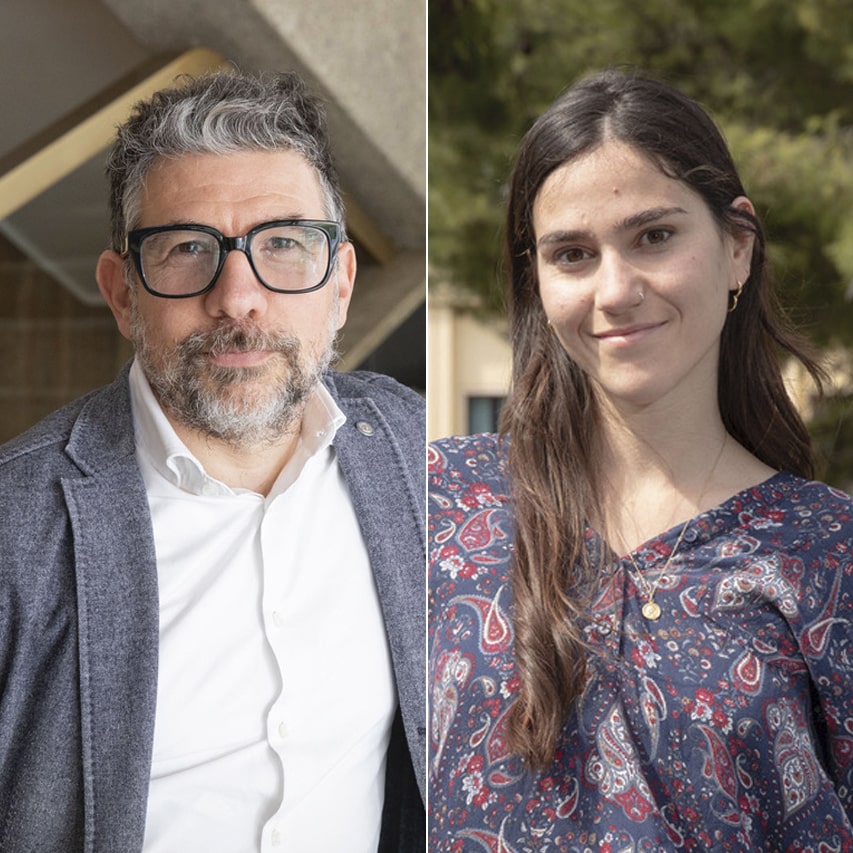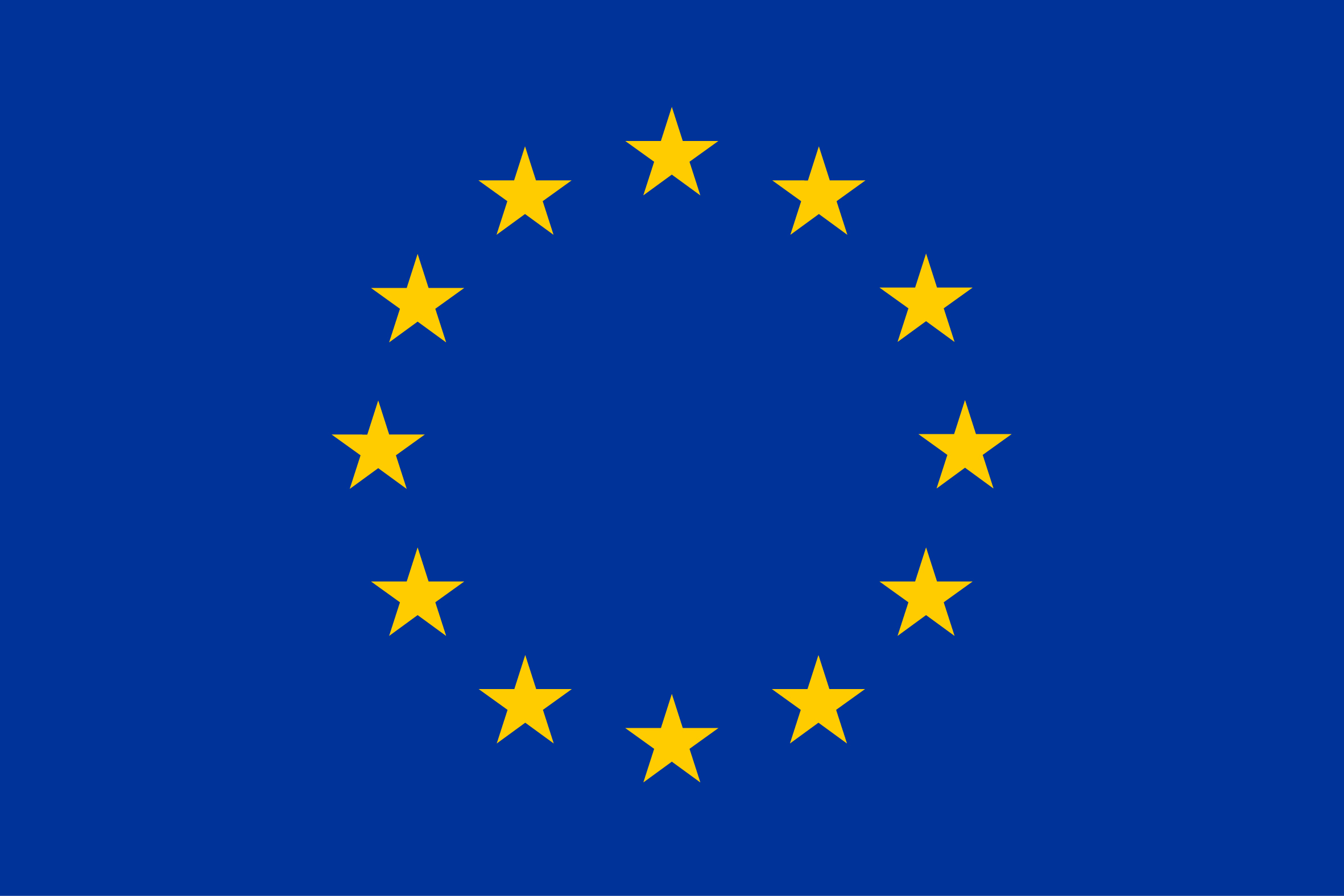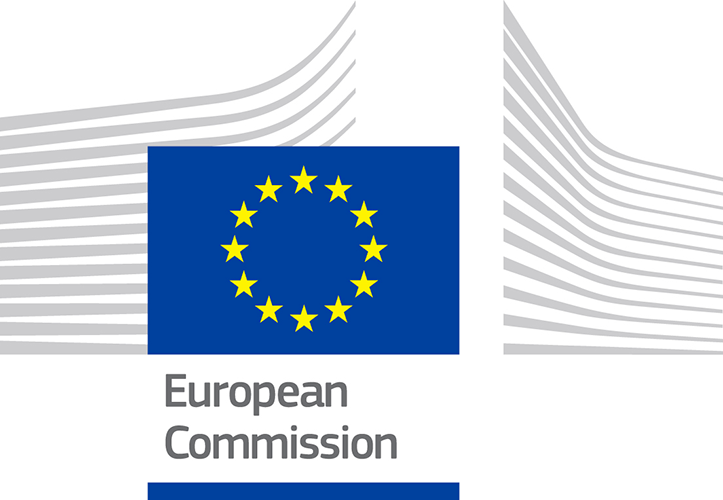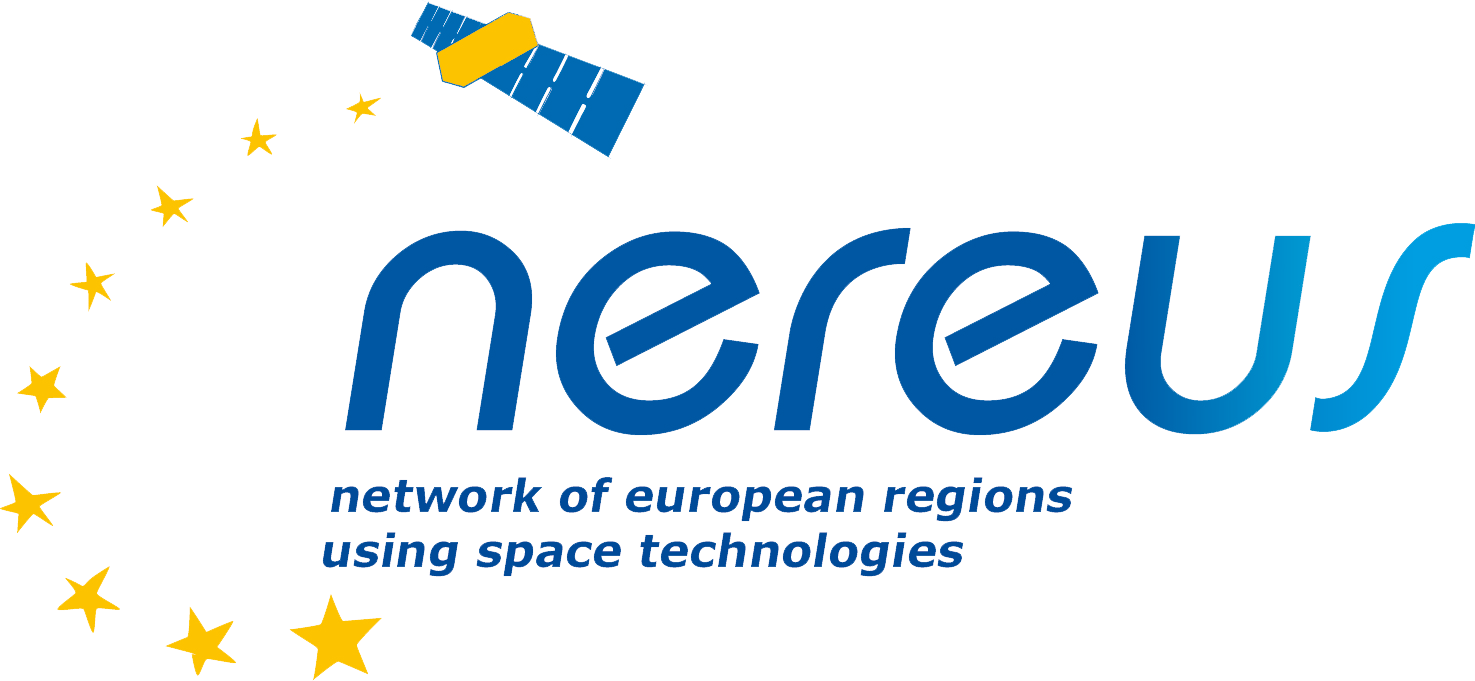Using the experiment into microgravity on board the International Space Station, it is possible to study bone metabolism
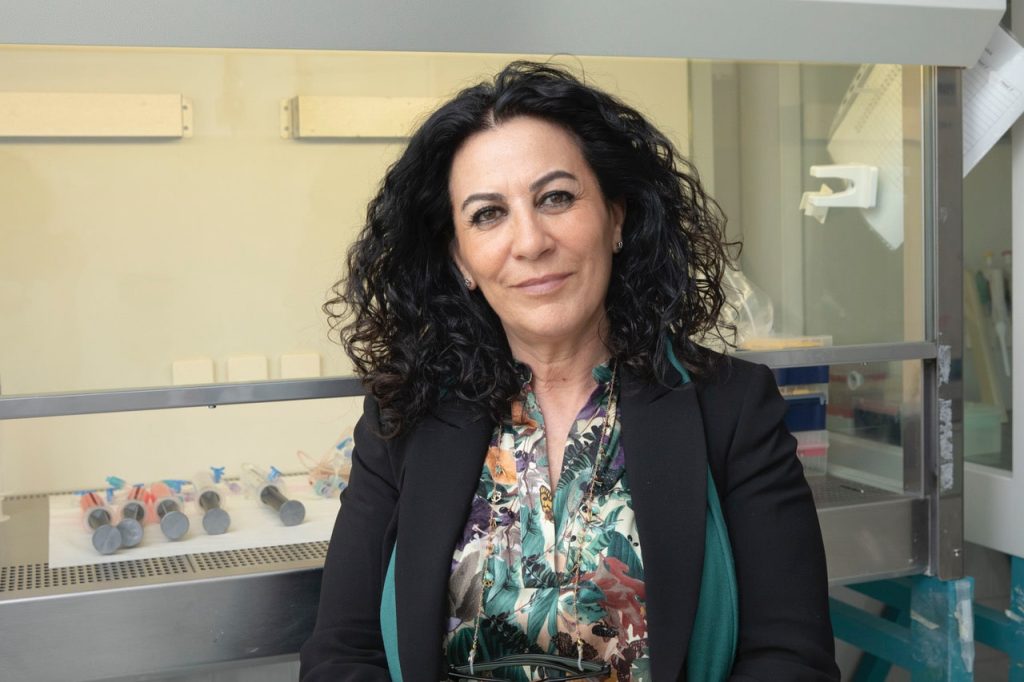
Maria Grano, Professor of HistologyUniversity of Bari, Italy
After six months in space, there is a loss of bone mass comparable to that which occurs on the ground in 10 years. In microgravity, bone reduces its mineral density and develops a condition known as osteoporosis. Understanding its causes has a dual purpose: to understand what happens to the skeleton of astronauts and what happens on the ground during ageing over a much longer time.
Interview
My name is Maria Grano, I am a Professor of Histology and Embryology at the Medical School of Bari University. The interests of my research group have always been focused on the study of bone metabolism under physiological, pathological and microgravity conditions.
Our collaboration with space agencies started a long time ago, because the focus of our research this past 30 years has been bone tissue and its cells. One of the main consequences of lack of gravity to the human body is the loss of bone and muscle mass. It has been estimated that in six months in space, there is the same loss of bone mass as during 10 years on Earth. In fact, when astronauts return to earth, especially after long stays in space (six months) they need a period of rehabilitation in a medical environment because they are not able to walk immediately. In microgravity the bone reduces its mineral density developing osteoporosis which makes bone more fragile and at high risk of fracture.
This condition is comparable to what happens to a large number of people on the ground. For example, in Europe about 500,000 people per year are hospitalized because of osteoporotic fractures, and this number is expected to rise due to the increase in ageing.
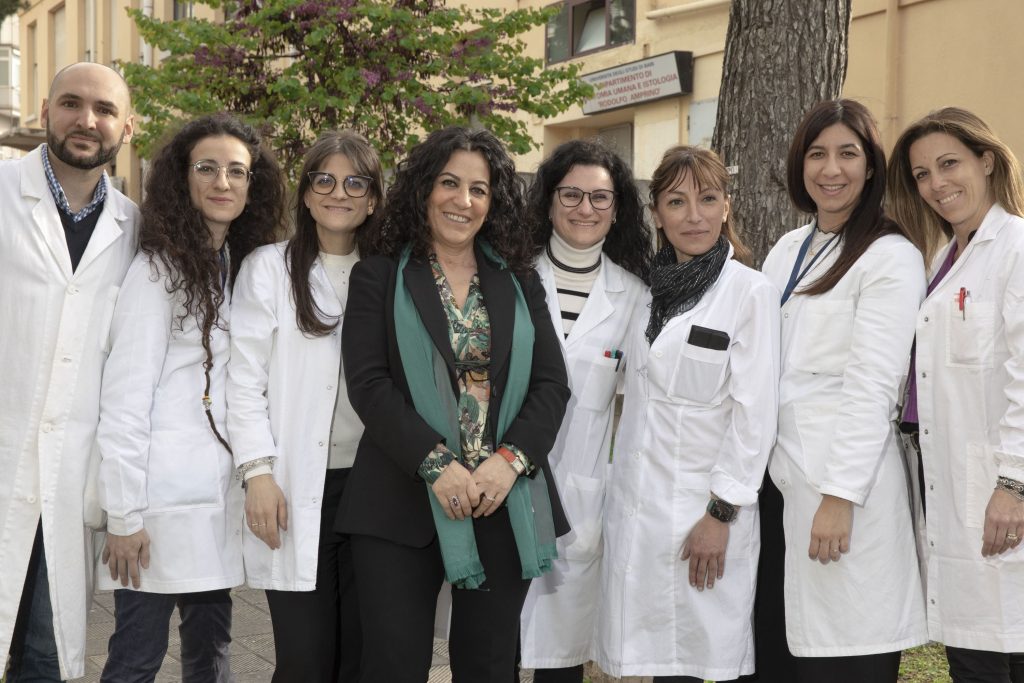
Understanding what causes bone loss in microgravity in a short time has a dual purpose: to understand what happens to the bodies of astronauts, and also to understand what happens on the ground during ageing over a longer time.
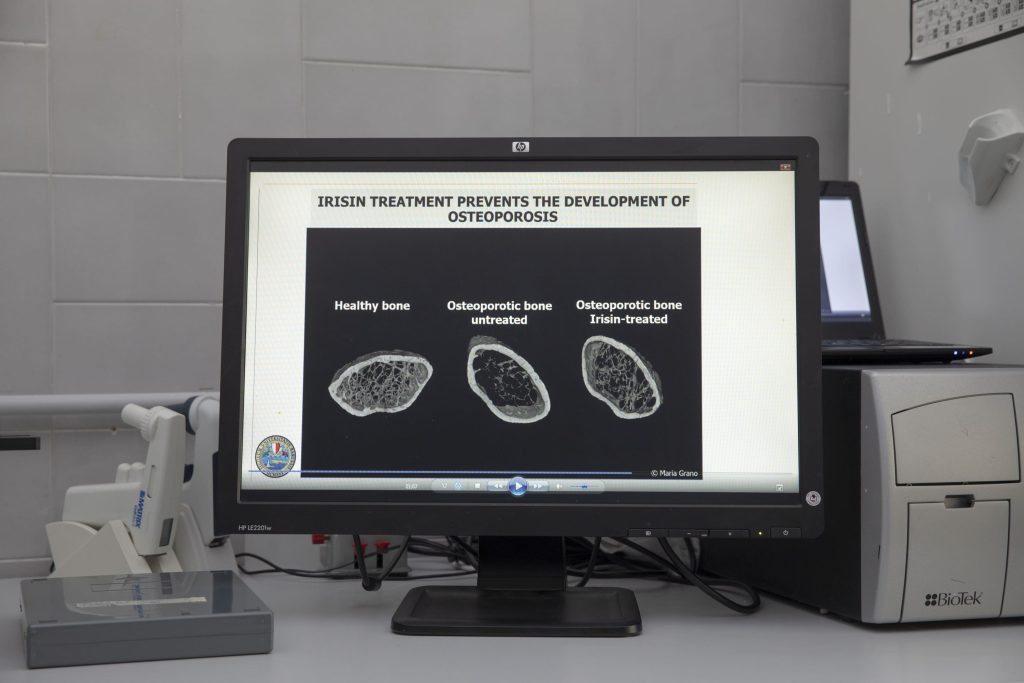
In space, several phenomena occur causing an acceleration of the cellular ageing processes,. Space, for researchers, represents a model for studying ageing that has the advantage of being reversible, unlike on the ground with real ageing. To date, we know that the bones of astronauts after a period, even a short period, in space are strongly resorbed and no longer replaced by new bone.
Through our experiments on bone cells kept on board the ISS, we studied what happens at the cellular level in order to understand the effects observed at the macroscopic level. The results of our research first showed that cells, despite being very small and isolated from the rest of the body, perceive and respond to the absence of gravity by changing some of their cellular activities. For example, we observed increased activity of the cells that resorb bone, the osteoclasts, while the cells responsible for reforming new bone, the osteoblasts, showed markedly reduced activity. This is because the effect of microgravity induces an over-expression of some genes and thus an increase in related cellular functions; other genes, on the other hand, are not expressed and consequently the related activities of the cell are reduced.
The same process occurs on the ground during aging and contributes to the onset of osteoporosis. This means that our skeleton is continuously renewed through a process controlled by mechanical loading. The impact of this on the ground is that bed rest, even for short periods, is very bad for our body and in particular for our musculoskeletal system. Even to a minimal extent, wherever possible, we must always exercise.
Finally, an important result obtained from the last experiment on board the ISS involved the action of a molecule called irisin, a protein produced by the cells of our muscles during physical activity for which we had already discovered, in a ground-based study in a mouse model of hypogravity, an anabolic role on muscle and bone. In fact, administration of the molecule to animals developing osteosarcopenia was able to prevent both the reduction of bone mass, and thus osteoporosis, as well as the reduction of muscle mass, thus, sarcopenia. Well! The molecule tested on bone cells on board the ISS revealed that its action is equally effective on cells maintained in microgravity and it was able to counteract the negative effects of microgravity on bone cells. Therefore, those genes that were over-expressed returned to an almost normal condition as recorded in ground experiments performed in parallel.
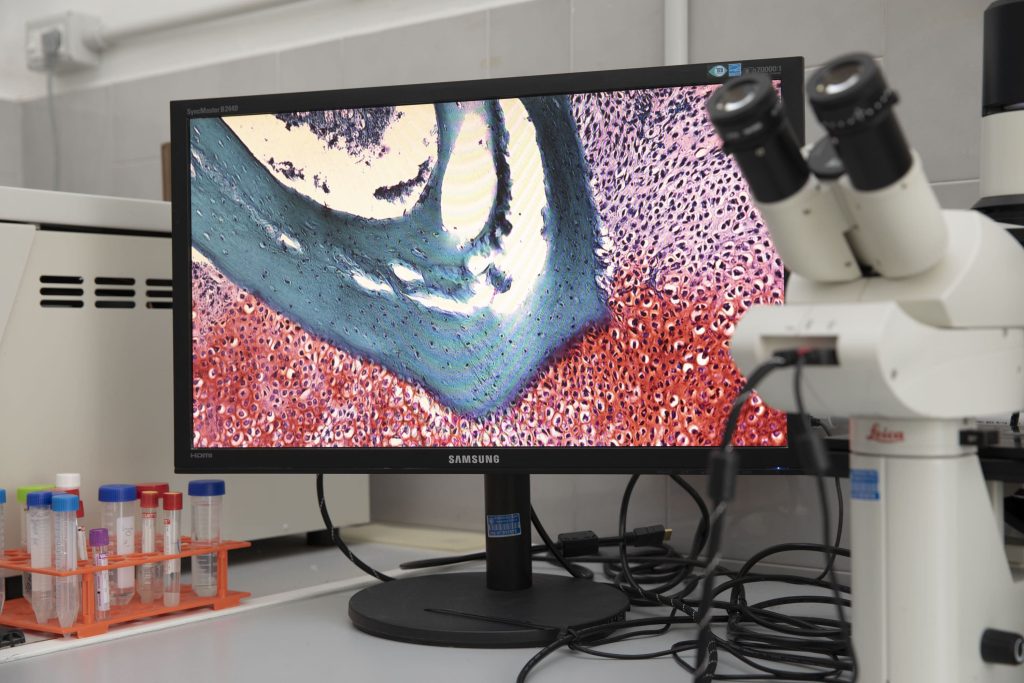
So, the results obtained from experiments carried out in space not only give us insight into what happens on the skeletons of astronauts, but also helps us to understand what happens on the ground in patients suffering from osteoporosis or subjected to marked sedentary conditions that characterize different groups of patients such as those with neurodegenerative diseases or those forced into long periods of hypomobility and bed rest for a variety of reasons.
Considering that space agencies are planning long-term missions (exploration of the moon and even more the Mars project), space biomedicine research is now focused on identifying strategies to prevent musculoskeletal system damage as well as damage to other organs. In this light, we are planning more experiments to further investigate the action of irisin on both bone and muscle cells and we hope to develop a drug and/or supplement for astronauts during space missions to counteract the effects of microgravity on muscle and bone, and on Earth to treat osteoporotic and sarcopenic patients.
I want to conclude with a message addressed especially to young visitors to Space For Our Planet to encourage them to take up study courses in space biomedicine because only through continuous research can we come to develop innovative strategies to counter the health effects of microgravity. In this way, humans can continue to explore the space environment more and more.
We must also keep in mind that solutions from space studies can be applied on the ground to improve the conditions of many categories of patient.
Ensure healthy lives and promote well-being for people of all ages
Check out more
Check other stories
